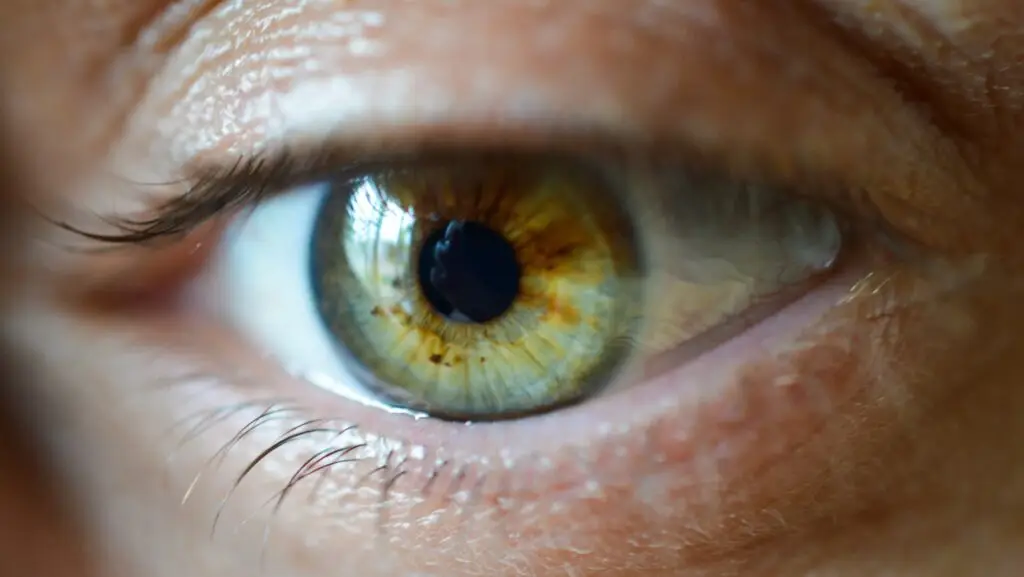Artificial Intelligence (AI) has taken the internet by storm in recent months, and as a result, a majority of the content that we consume online today has been affected or assisted by AI.

Every month AI is becoming more and more sophisticated, and it has now come to a point where it can be near impossible to spot AI-generated content from human-made ones.
I have spent a long time learning everything there is to know about AI, and over the last year become incredibly good at consistently differentiating between AI and human-made content.
In this article, I will show you the 5 main ways I easily spot AI in the wild, so that you can stay as informed as possible in your own content consumption.
Clue #1: Dead Set Consistency
I’m gonna start off strong with the easiest way to distinguish AI-written content from human-made content: remarkable consistency. AI-generated content displays impossibly high consistency in its style and tone, whereas human-made content has a lot more variability and personality in it’s “author voice”.
I am fairly well trained in spotting AI so it’s often easier for me to notice the AI’s “author voice”, but even I find it difficult at times. The main thing to look out for is how… dead it is. AI simply lacks the human touch that makes the content relatable and engaging and uses words and phrases that over time become stale and repetitive.
When humans write there’s a certain “tone” in their writing style, which you can read more about in my article: “7 Reasons Why I Prefer To Read Human-Created Content (And Why It Matters)“.
AI just kinda lists out words in a written version of the Siri’s voice. No matter how hard it’ll try, the AI cannot replicate the human tone and voice, because it cannot replicate empathy and emotional intelligence.

Clue #2 – Complexity, Relatability & the Human Connection
There is no doubt that AI can produce some impressive-looking content when it comes to complexity, sophistication, and science. However, it has one major flaw: a complete lack of human connection.
Its limitations in language are restricted by the fact that, no matter how hard it may try to imitate us, AI will never be human and thus lacks the nuances and cultural references that people inherently develop over years of socialization and cultural living.

If I read a blog post that doesn’t include a single personal anecdote, story, or example of the author’s real life (something as simple as “this is how I do it”), then I immediately assume the content was written by AI.
Yes, AI can churn out highly technical articles, research papers, and book essays with pretty impressive accuracy and speed – but it can’t do something as simple as relay a human emotion.
Humans, after all, are social beings, and much of our language and communication is based on shared experiences, cultural norms, and interpersonal connections. These factors add layers of complexity to our communication that may be difficult for AI to replicate.
Clue #3 – Speed and Quantity
One of the main reasons that AI has been taking over the online content job market, and a ton of other sectors, is that it is remarkably fast. It can create hundred-page articles in a couple of minutes, and this creates a free and easy “path of least resistance” for a lot of people.
The content is often bad a result, but either way, it is fast.
This means that if I see a website or blog that somehow manages to have 5-6 articles produced a day, without the help of massive editing teams, I know AI made that content right away.

Clue #4 – “Can”-statements
Using OpenAI’s ChatGPT for this example, it seems clear to me that it has been programmed to work in a way that doesn’t openly declare or create large statements. This means that if you ask ChatGPT to explain something, like “the consequences of CO2 emissions” etc. It is going to always say things like “it can do this” and “this can result in…”
If you’re reading an article or blog post that never makes a bold statement, but rather works around every possible conflict with “can”-statements, it was probably written by an AI.
AI is the Aaron Burr of the internet.
Clue #5 – Errors & Outdated Information

As of writing this, ChatGPT is limited to information from the internet before September 2021. This means that if you read an article and the information seems slightly off, for example mentioning outdated prices from before inflation, or talking about something that has already happened in the future tense, it was probably written by AI.
Not to mention the fact that AI is incredibly prone to errors that revolve around human judgment or emotional intelligence, such as humor or sarcasm. AI can’t capture nuances and subtleties that drive these forms of communication, which can often create really awkward sentences or statements.
Spot AI-generated content: Bonus Clue
Speaking of error, one major thing that AI doesn’t ever fail in is grammar. I’m not saying that just because something is grammatically perfect it was written by an AI, but if you read something that does contain grammatical errors – you can feel pretty safe that AI was not used.
There’s Only 1 Way To Know For Sure Though…
It is clear that AI has its cold, metal hands intertwined in almost all forms of content creation online today – but it doesn’t need to be that way. By ensuring that you know where your content comes from, you can take a stand against the AI pandemic and hopefully halt its world domination a little bit.
Just kidding, I don’t actually believe that.
I think.
Yet.
Regardless, in my opinion, I believe that all forms of media that use AI should, by law, be required to put a disclaimer on their content that clearly states AI was used in the creation of that content.
For example, Buzzfeed, which just laid off 12% of its employees to AI, should clearly state that its main content creators are now dead strings of code.
However, it doesn’t seem like that is going to happen any time soon. So as an alternative, I have created a way for content creators to easily state that their content is 100% human-made by putting any of our free No-Ai badges on their page.
The icon then links to this statement, and their content is quality checked by us to ensure that no AI was part of the process.
Stand up to regurgitated and dead content. Say No to AI created content

THIS ARTICLE WAS WRITTEN WITHOUT THE ASSISTANCE OF ARTIFICIAL INTELLIGENCE.